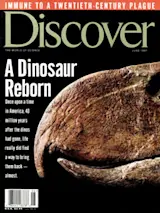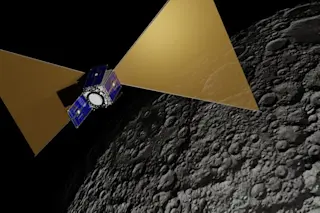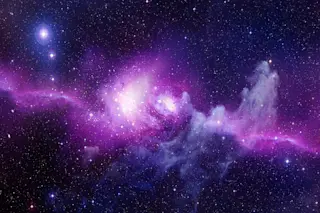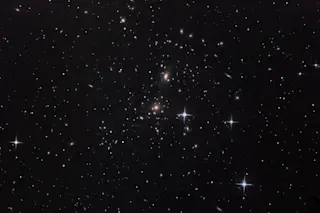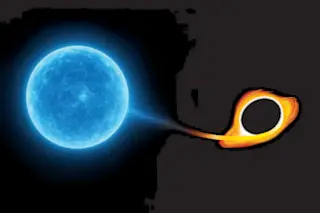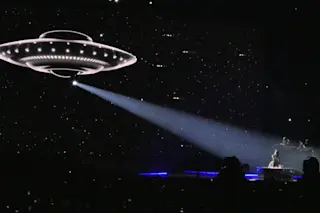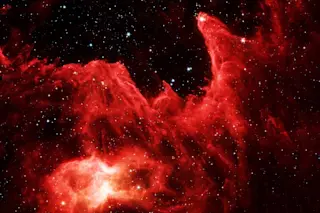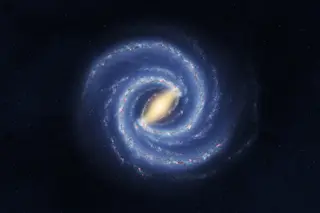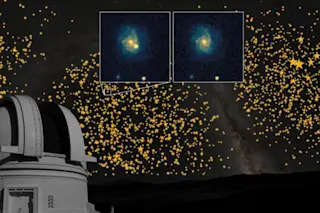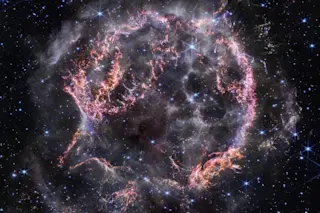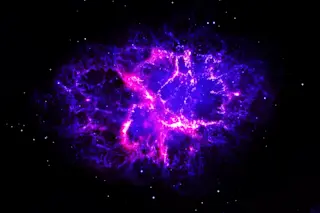For almost three years now astronomers have had to live with a paradox. In 1994 data from the Hubble Space Telescope indicated that the universe was younger than its oldest stars. Astronomers have floated all sorts of ideas to rectify the situation: some dredged up a cosmological fudge factor, once rejected by Einstein, that would make the universe a bit older; others proposed new ideas about how stars age in an attempt to make the oldest stars younger. Now two astronomers say they can resolve the conundrum. It seems everyone has been mismeasuring the size--and thus the age--of the universe.
The new data come from Hipparcos, a satellite launched by the European Space Agency eight years ago. Hipparcos compared the positions of stars in the nearest 1,000 light-years with objects much farther away. By droning away at this task, Hipparcos was able to measure the minute shifts that stars seem ...


